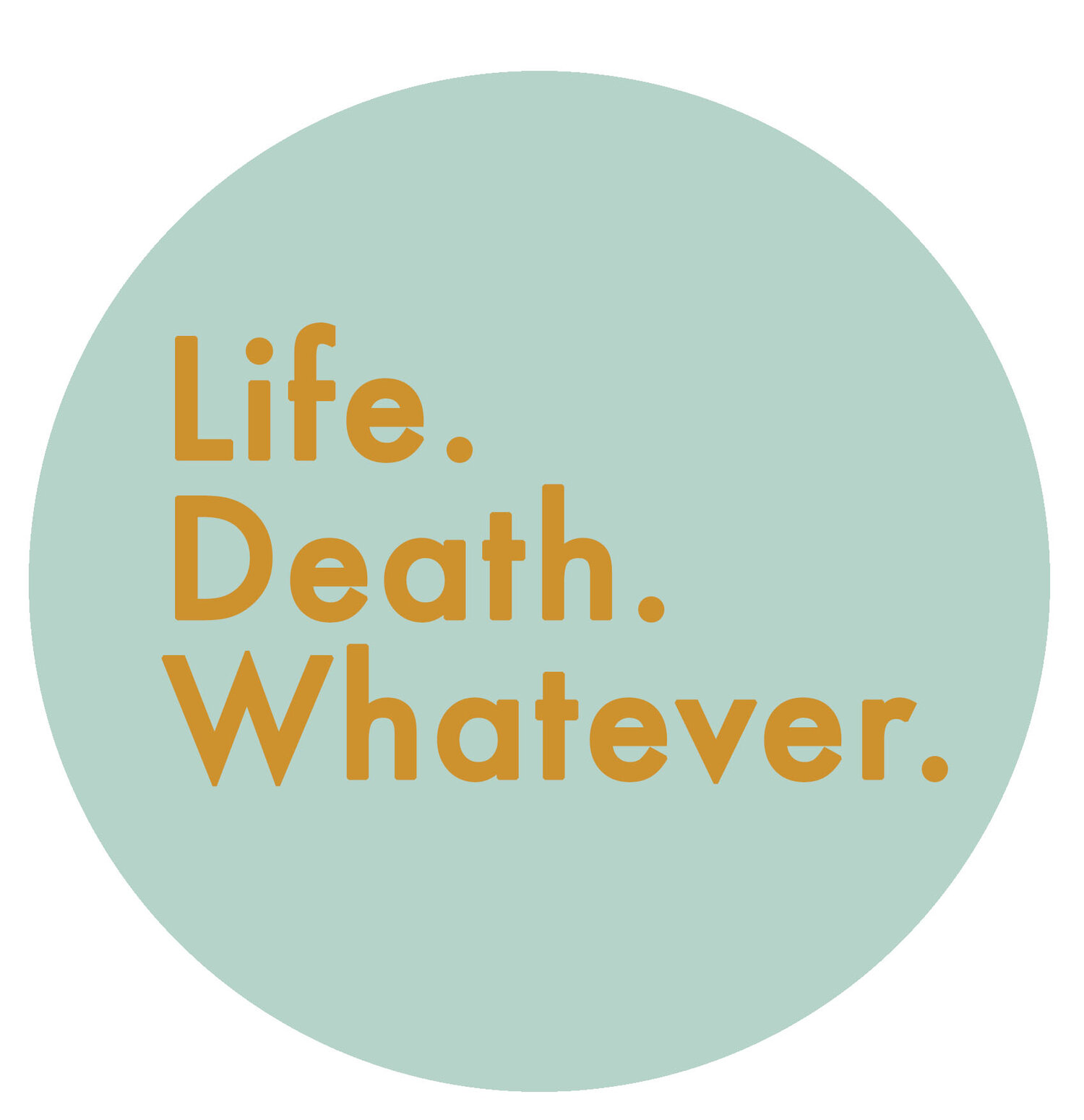By Claire Cox
who has been involved with hundreds of cardiac arrests as a nurse
1. It’s not like you see on TV. People do not have CPR for a minute or so, cough, open their eyes and then have a cup of tea. Most patients do not survive when they have a cardiac arrest in hospital.
2. CPR is brutal. The first few pushes on a patient’s chest still make my toes curl. You need to push hard. Under your hands you can feel the vibrations of the cartilage shearing, ribs cracking and sometimes the sternum snapping. The longer the arrest, the skin on the sternum can bruise or even tear (especially in the frail) and chest can become misshaped.
3. During a cardiac arrest, the arrest team arrive. Sometimes up to 20 people can be around the bed space, or if your patient is trapped behind a door in the bathroom, space is always an issue. Stress levels are often high, even with the most seasoned experts. No one likes going to a cardiac arrest.
4. Doing ‘good’ CPR (chest compressions) is exhausting! I can only manage one minute of chest compressions before I’m feeling like I have run a marathon. Not because I’m unfit – adrenaline, exertion, the fact I have already run up three flights of stairs to get there is usually to blame.
5. After CPR, if the patient has not survived (unfortunately, that is usually the case), I stay and support the nurses and look back. The first thing that hits me is the devastation - the bed pulled out at an odd angle, the explosion of equipment surrounding the patient, the empty drug packets, blood spatters, the blankets and sheets on the floor, the team walking away to the next emergency and the exposed body of the patient, undignified and alone. This is the reality of CPR.
About Claire Cox
Claire has been a nurse for 22 years. Much of her career has been in the Acute sector within the NHS. Spending over ten years specialising in coronary care and seven years as a critical care outreach sister, she has been involved in hundreds of cardiac arrests.
Claire currently works one day a week as a critical care outreach sister, while the working the other part of the week with a charity called Patient Safety Learning, helping to transform safety in health and social care, creating a world where patients are free from harm. The charity helps healthcare systems and organisations enable safer care for patients by identifying the critical factors that affect patient safety and analysing the systemic reasons they fail. It envisions safer care, recommends how to get there and then acts to make it happen.
Being a ‘hybrid’ Claire hopes to make a safer healthcare a safer place by working inside and outside of the NHS. For more information, visit the Patient safety Learning website and follow Claire on Twitter.



